By the end of this week you should be able to:
- Research and analyse how interdisciplinary collaboration can form exciting partnerships in graphic design;
- Research and analyse new genres of design specialism;
- Identify a discipline and specialist who could help you to reflect from a dynamically opposing position on a specific problem;
- Find, manage and record your cross-disciplinary discussion in relation to the specific problem;
- Manage your independent learning effectively.

An example of collaboration:
Using speculative design to explore the future of Open Justice
Open justice is the principle that ‘justice should not only be done but should manifestly and undoubtedly be seen to be done.
Working with HM Courts & Tribunals, Policy Lab worked on speculative ideas on how to open justice can be delivered in the future.
They ran 4 groups of 10 to 12 participants and used provocation cards to immerse them in a range of fictional futures.
The provocations were designed to:
- engage even those with no prior interest, experience or knowledge of Open Justice
- be reusable
- not look like ‘finished’ government policy – we wanted to find out more about desirable outcomes
- as far as possible, provoke discussion without leading
Brian Eno – Oblique Strategies
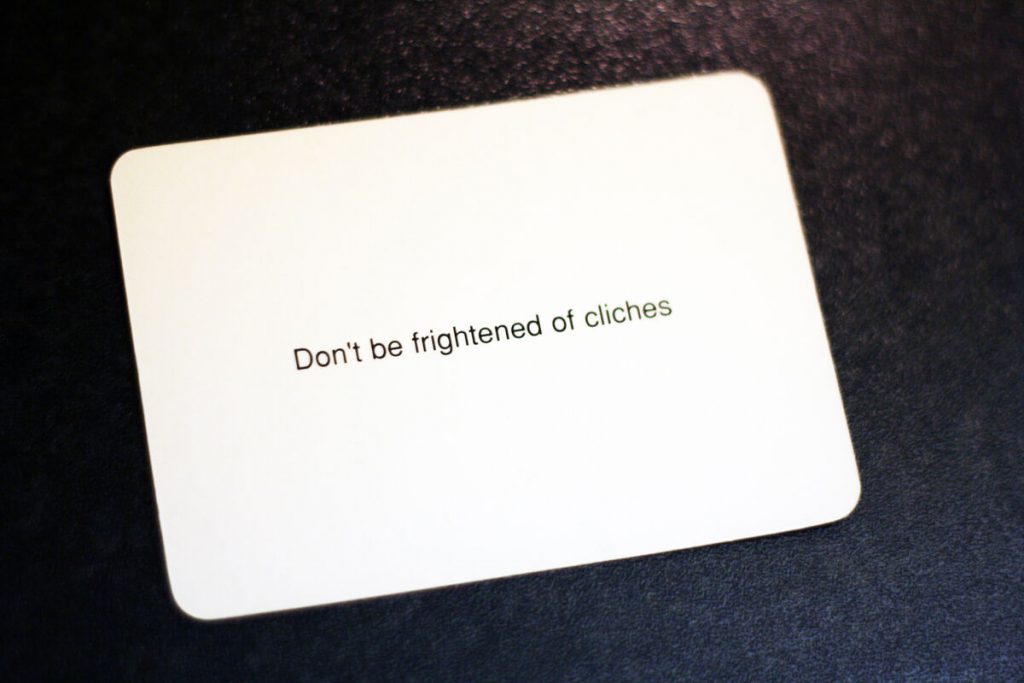
This technique of providing provocation cards reminded me of the Oblique Strategy cards produced by Brian Eno in the 1970s.
Described on the website as:
The Oblique Strategies constitute a set of over 100 cards, each of which is a suggestion of a course of action or thinking to assist in creative situations.
Sat in a room, even with a well thought out theme and goal, can lead to creative blanks. By providing provocation through acts or ideas we reignite the process and can come up with unusual and exciting proposals.
This is something which I hope to use in my workshop challenge this week and my conversation with a professional from a different discipline.
Where is the future taking us?
“Superflux create worlds, stories, and tools that provoke and inspire us to engage with the precarity of our rapidly changing world.2
Superflux is a studio which focusses on the future. Anab, one of the founders, explains that they see the immediate future as a point in time which we have influence over today. By exploring how we get to ‘the future’ and what it can look like it encourages discourse and debate on whether we should be heading in that direction.
The studio applies this logic to many facets of the world including, technology, politics, culture, and environment. It has earned them critical acclaim and clients such as Nokia, Samsung, the V&A in London and the UK Cabinet Office.
Drone Aviary
An example of their work is the Drone Aviary project which was commissioned by the Arts Council.
Various drone like pieces of equipment were imagined and built to represent a potential future in technology.
For me, the most interesting and startling of the designs was that of the ‘Nightwatchman’, a surveillance drone used to document civil offences to detecting possible terror threats. It really makes you think about how you would feel if this is the environment we live in. Would it feel like big brother was always watching? Or, would you feel safer in the knowlegde the authorities were always watching.
To successfully pull off this idea, Superflux had to collaborate with many professions fron designers, to sound engineers and technologists. Designs in the future will be created collaboratively so its important to work collaboartively to predict them.
Workshop Challenge
What are the advantages of interdisciplinary provocation and how could you utilise this approach in your practice?
Put theory into practice and spend an hour brainstorming ideas based on the following challenge and who you would choose to work with.
- Identify a discipline and specialist who could help you to reflect from a dynamically opposing position on a specific problem.
- Pick one of the issues below and discuss with your chosen individual how you may solve the challenge. This should ideally be recorded as an audio podcast. Our interest in this also relates to how different disciplines discuss an issue and their manner and approach in communicating differently, as well as how you would capture this.
- As a guide, please evolve your own strategy for bridging the questions. Equally, you may wish to also consider the core issues: how would your specialism solve this and how different is this to the expected design thinker?
- Do not forget to consider the communication style you would use to encourage an interdisciplinary dialogue.
- Finally, how do you summarise these findings in a way that is acceptable to both collaborators?
Reducing isolation and loneliness.
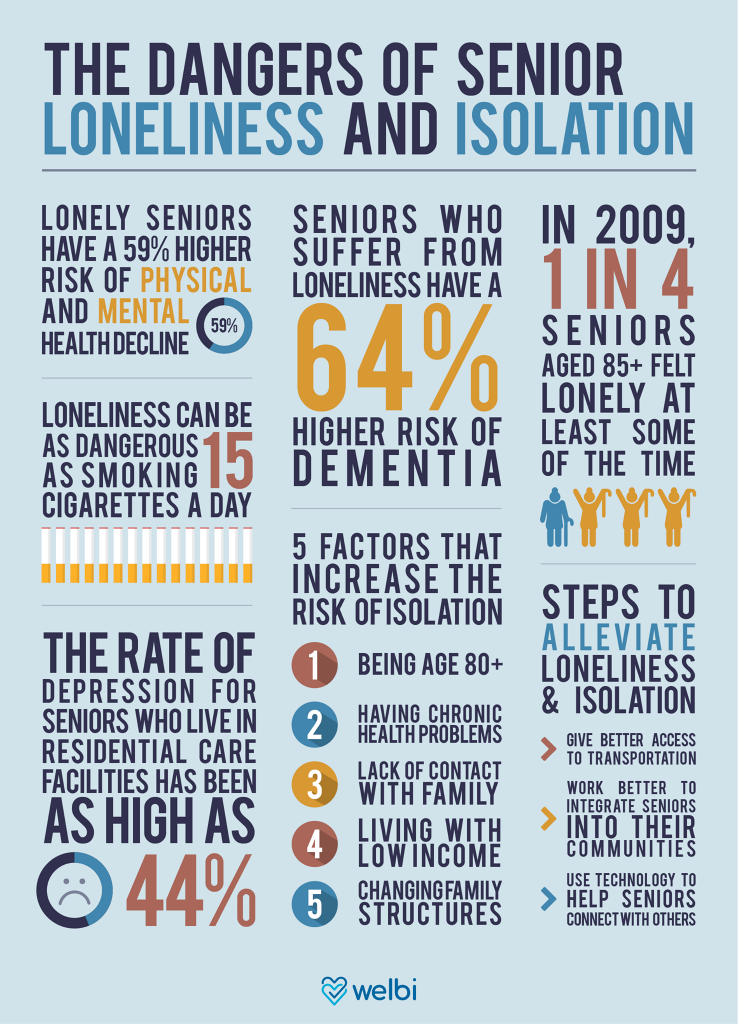
In reality anyone can feel lonely or isolated but the infographic to the left highlights some startling facts.
By understanding these elements I hope to work in collaboration to try and tackle the issues effecting those most at risk:
- Seniors
- Lack of contact with family
- Low Income
- Changing family structures
- Disabilities
- Lack of Purpose
The National Institue of ageing suggests the following in a bid to reduce feelings of isolation and loneliness:
- Learn something new
- Exercise
- Volunteer
- Adopt a pet
- Schedule contact with a person
Using Superflux’s ideas of designing a future, I wonder how technology can be used to address these issues? Can it be used in a way which questions societial and political views in a hypothetical future?
What is the future?
My nan died in 2018 from dementia. She was in a care home with others suffering the same. The home used to put on events themed around history to encourage the residents to remember those times and to engage their brains. It was on seeing this I felt there was an opportunity for Virtual Reality (VR) to stimulate the brains of dementia sufferers with visions of locations, time periods or immersive performances. Turns out, this has now already been done!
Established in 2016, MyndVR has created a library of flims for elderly people to engage with through VR. With an outlay of just £500 and a £25 per monty, this really does have the possibilty of changing people’s lives.
With that in mind though, and if what I thought was the future is here now, what is the real future? What advancements are being made and how can they too try to tackle the issues of isolation and loneliness?
Mixed Reality
The words Virtual Reality and Augemented Reality and already becoming commonplace in the world we live in today. I remember seeing a trailer for the Microsft HoloLens in 2016 at a technology conference. It blew my mind. I had forgotten about it until this week’s lecture and relooked at what developments had been made in the last 5 years.
Mixed Reality of MR is described as: the merging of real and virtual worlds to produce new environments and visualizations, where physical and digital objects co-exist and interact in real time.
With the suggestions of collaboration, networking, socialisation and engagement, I wonder if MR can be utilised to tackle social isolation and loneliness.
My brain is overflowing with ideas at this moment. I had better get some of these down!
The Interview
Reflection and Taking it Forward
Robin brought up some really interesting points about VR and it’s ability to reduce social isolation and loneliness which I hadn’t thought of.
Socialisation
Kids today are using gaming and VR to engage and socialise more and more. They would rather spend time talking to each other in a virtual environment then a real one. Older people may feel the same given similar circumstances and understanding of the equipment.
2 Way Interaction
Ai and Virtual Assistants do not fill the ovid of isolation and however realistic an avatar may get we know they are not real. People will still miss the nuances of human interaction. Any solution should have elements of a 2 way interaction.
Immersive
VR worlds can be immersive and that is a good thing. It can transport the elderly, disable or bedridden to a new world where the opportunities are endless.
A New Purpose
VR could be used in a way to give the older generation a purpose. To tell stories, educated and excite others through a new medium. This is one of the best ways to tackle isolation and loneliness and is certainly something worth exploring further.
Spatial
Uncanny Valley
“The uncanny valley is a concept first introduced in the 1970s by Masahiro Mori, then a professor at the Tokyo Institute of Technology. Mori coined the term “uncanny valley” to describe his observation that as robots appear more humanlike, they become more appealing—but only up to a certain point. Upon reaching the uncanny valley, our affinity descends into a feeling of strangeness, a sense of unease, and a tendency to be scared or freaked out. So the uncanny valley can be defined as people’s negative reaction to certain lifelike robots.”
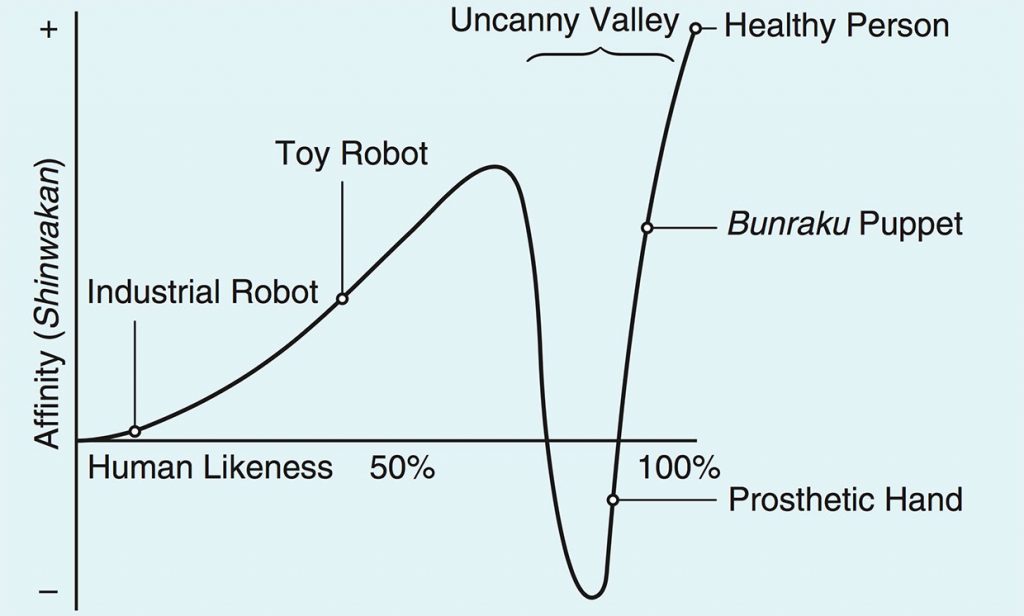
Ethical?
“A heart-wrenching reunion between a mother and her deceased daughter aired last week in a documentary by South Korean broadcaster MBC. Wearing virtual reality (VR) goggles, Korean mother Jang Ji-sung burst into tears as an avatar of her seven-year-old daughter, Na-Yeon, emerged from behind piles of wood at a neighbourhood park, which was her usual playground, until she died from blood-related diseases three years ago. The documentary, titled “Meeting You,” struck a chord with many South Koreans while highlighting the growing scope of possibilities for the new technology beyond gaming.”
Gorilla Tag
A Virtual Friend
Following my discussion with Robin, I decided to create this mockup. After his advice about the moral and ethical aspects of having a human friend, I decided to make the ‘friend’ a pet.
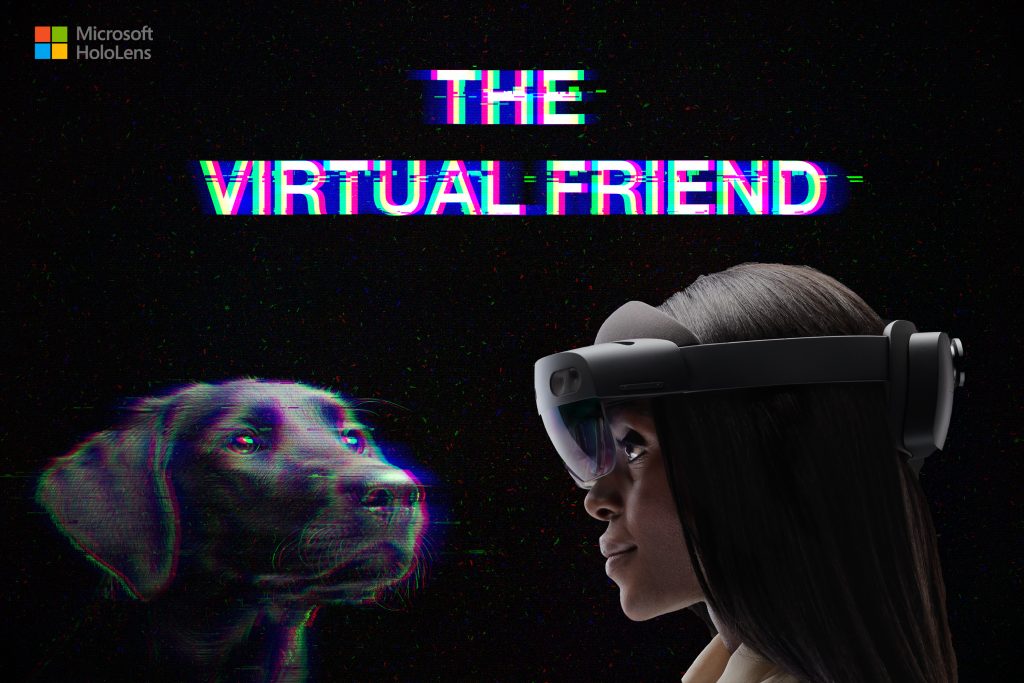
Ideas Wall
Resources
Age UK. n.d. [online] Available at: <https://www.ageuk.org.uk/our-impact/policy-research/loneliness-research-and-resources/loneliness-isolation-understanding-the-difference-why-it-matters/> [Accessed 6 August 2021].
nhs.uk. 2021. Loneliness in older people. [online] Available at: <https://www.nhs.uk/mental-health/feelings-symptoms-behaviours/feelings-and-symptoms/loneliness-in-older-people/> [Accessed 6 August 2021].
Welbi.co. n.d. The Dangers of Senior Loneliness and Isolation – Welbi. [online] Available at: <https://www.welbi.co/blog/the-dangers-of-senior-loneliness-and-isolation> [Accessed 6 August 2021].
Frontiers in Virtual Reality. 2021. Virtually Real, But Not Quite There: Social and Economic Barriers to Meeting Virtual Reality’s True Potential for Mental Health. [online] Available at: <https://www.frontiersin.org/articles/10.3389/frvir.2021.627059/full> [Accessed 6 August 2021].
MyndVR. 2021. Mynd VR. [online] Available at: <https://www.myndvr.com/> [Accessed 6 August 2021].
Shah, N., n.d. 16 Experts Predict the Future of Virtual Reality. [online] Arkenea.com. Available at: <https://arkenea.com/blog/virtual-reality-expert-roundup/> [Accessed 6 August 2021].
Statista. 2016. Share of adult population wearing eyeglasses by age group U.S. 2016 | Statista. [online] Available at: <https://www.statista.com/statistics/734775/adult-wearing-eyeglasses-age-group/> [Accessed 6 August 2021].
CABALLAR, R., 2019. What Is the Uncanny Valley?. [online] IEEE Spectrum. Available at: <https://spectrum.ieee.org/automaton/robotics/humanoids/what-is-the-uncanny-valley> [Accessed 6 August 2021].
OffShore Studio Migrant Journal http://www.offshorestudio.ch/ (Links to an external site.)
TED, Anab Jain(2017) Why we need to imagine different futures (Links to an external site.),[online video]. [Accessed 11 June 2019]
Chari, V., Miller, B., Chari, V., Bennett, S., Cutler, N., Bennett, S. and Cutler, N., 2021. Policy Lab – Policy Lab. [online] Openpolicy.blog.gov.uk. Available at: <https://openpolicy.blog.gov.uk/category/policy-lab/> [Accessed 6 August 2021].

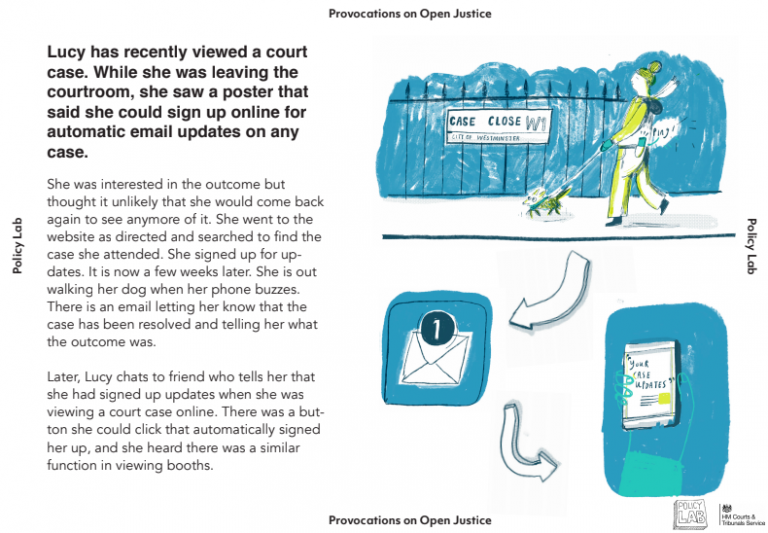
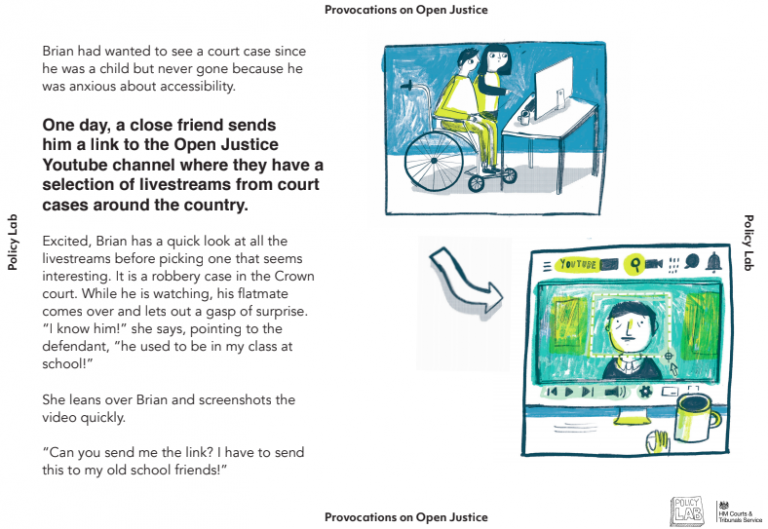
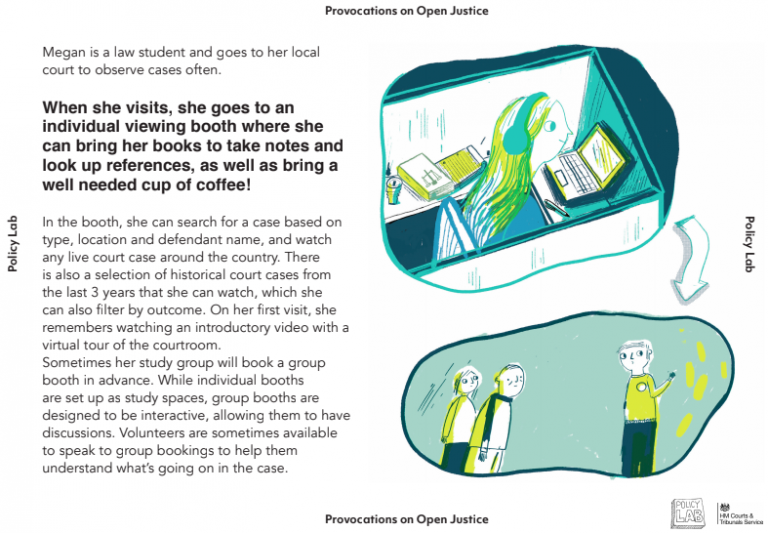
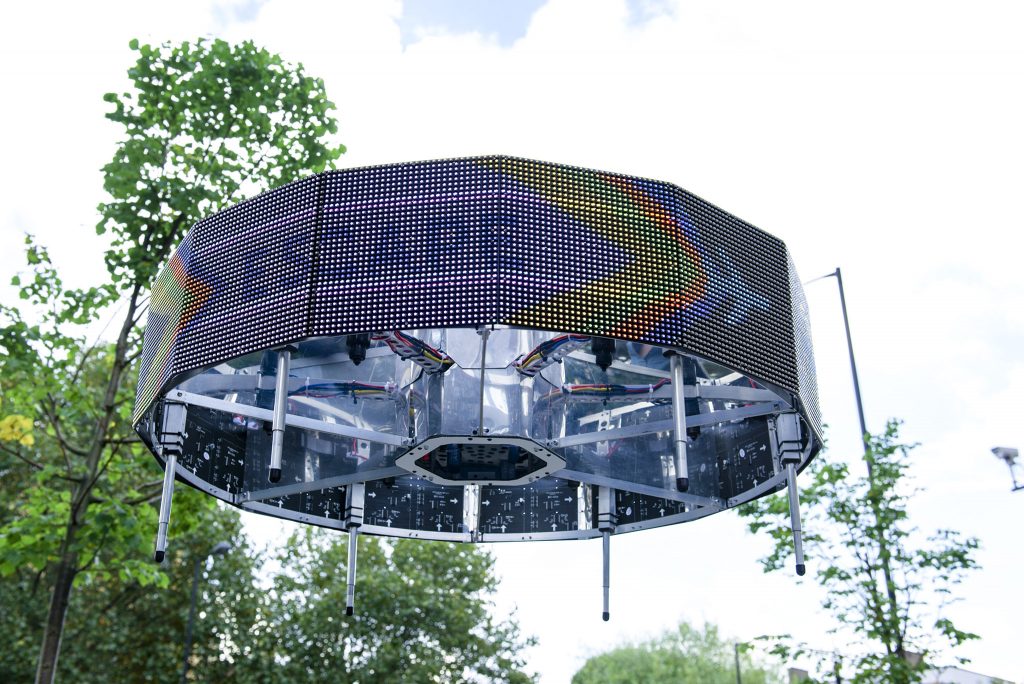

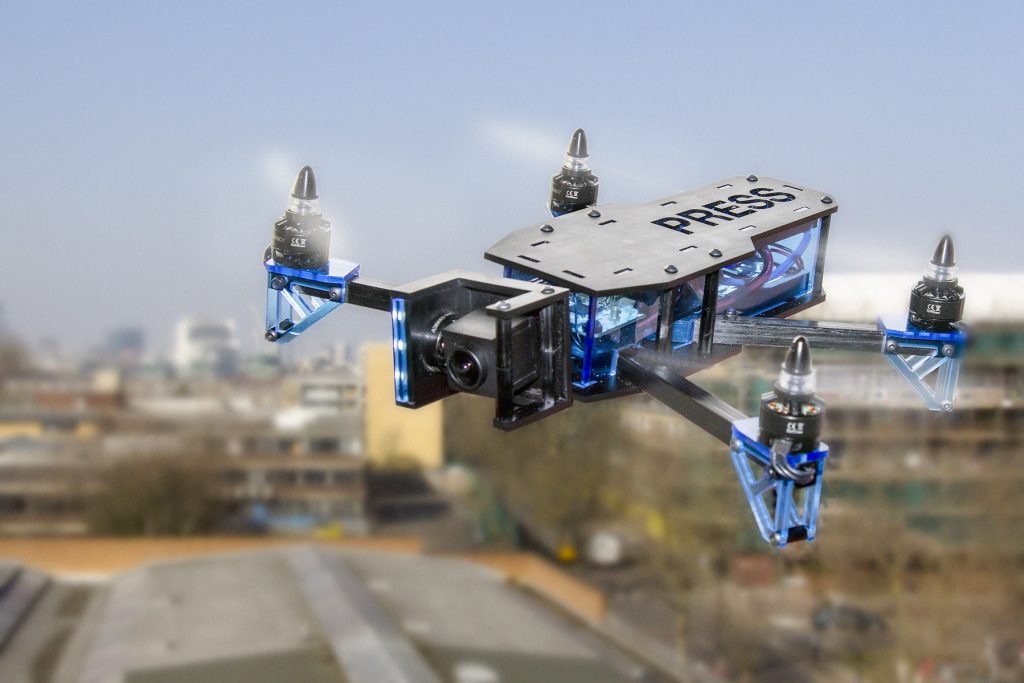


Leave a Reply